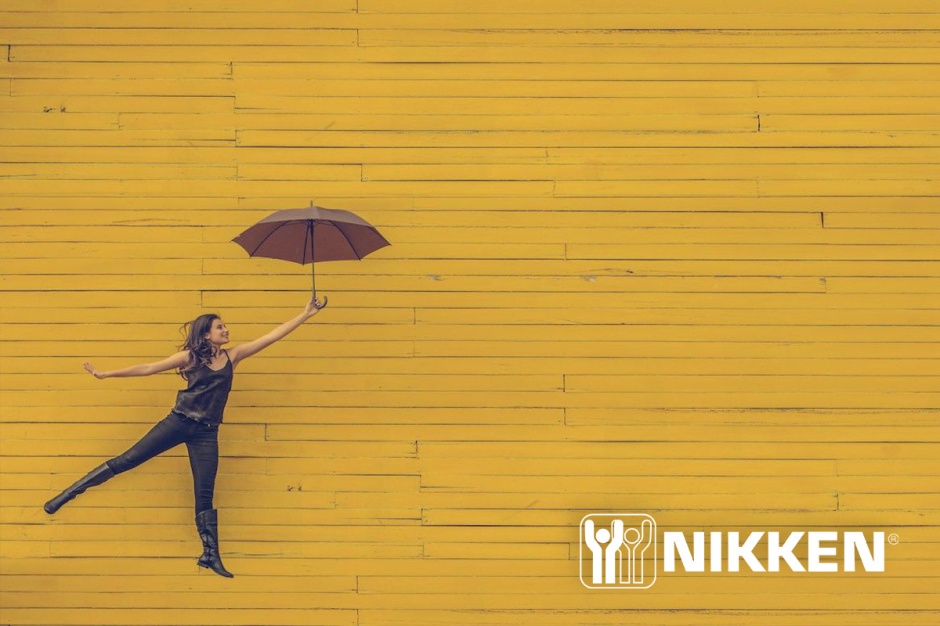A mother in different stages of motherhood is a caregiver who cooks and feeds, washes and bathes, does financial planning and budgeting, chauffeurs and gives driving lessons, nurses sick bodies and teen angst, plays the role of plumber and electrician, researches preschools and childcare, helps with homework, mends ouchies and broken hearts, manages multiple schedules, delegates chores, teaches morals and values, gives advice and much more. This juggling act performed by at-home moms as well as moms with outside professions, can take a toll on the physical and mental well-being of “super” mom.
It’s no wonder moms suffer from burnout. The feeling of mental, emotional and physical exhaustion—especially losing that sense of self from having to play so many roles—is sometimes called “depleted mother syndrome.” Dads can also experience burnout, but it is more common among moms. Even though contemporary dads have really stepped up to the plate , in general, moms still shoulder a disproportionate amount of parenting responsibilities.1
While women are socialized to be nurturing, caring, and extremely giving to others, they are often not taught that they ought to be on the list of people receiving care as well.2 To help keep stress from becoming overwhelming, moms need to cut themselves some slack:
• Get rid of “mom guilt.” Society imposes expectations on moms that are often unrealistic. Moms need to practice TLC on themselves, to strive for okay, not perfection. The kids will also benefit from this approach.
• Recognize that “it takes a village to raise a child.” Realize that needing help is the norm. Moms need to ask their partner, relatives, friends and anyone else who can be supportive.
• Take time out for self-care. This is hard for many people, but especially mothers who are conditioned to give time to everyone in the family but herself. Even if it’s only time to take a soak in the tub, an hour at the gym or Pilates class, an afternoon nap, every bit of self-time is helpful in fighting stress.
• Moms spend a lot of time planning for their children’s future. These days, deciding between the right preschool and homeschooling can be tantamount to applying to an Ivy League college or becoming an entrepreneur. Given these pressures, it’s important for moms to live in the present and enjoy the small daily occurrences that make motherhood a blessing and joy.
• Accept and embrace your individual style of mothering. Each mom has to decide what works best with her child(ren). Just because breastfeeding works for some moms doesn’t mean it’s for all moms. Just as there are countless books on sleep-training, there are just as many on the benefits of co-sleeping.
For the whole month of May, Nikken is honoring mothers with gifts inspired by the wisdom of Mother Earth! Grounding products such as KenkoGround® and Kenko Precision Set—ideal for helping lessen stress—are 40% off! And, True Elements® Marine Organic Skin Care as well as Kenko Jewelry are 20% off. Show the mothers in your life how much you appreciate all the sacrifices they made and continue to make!









